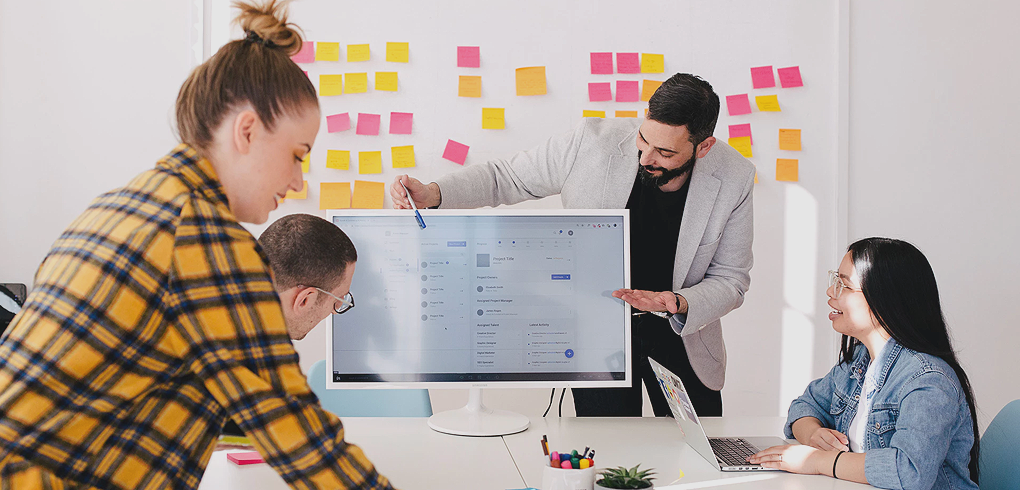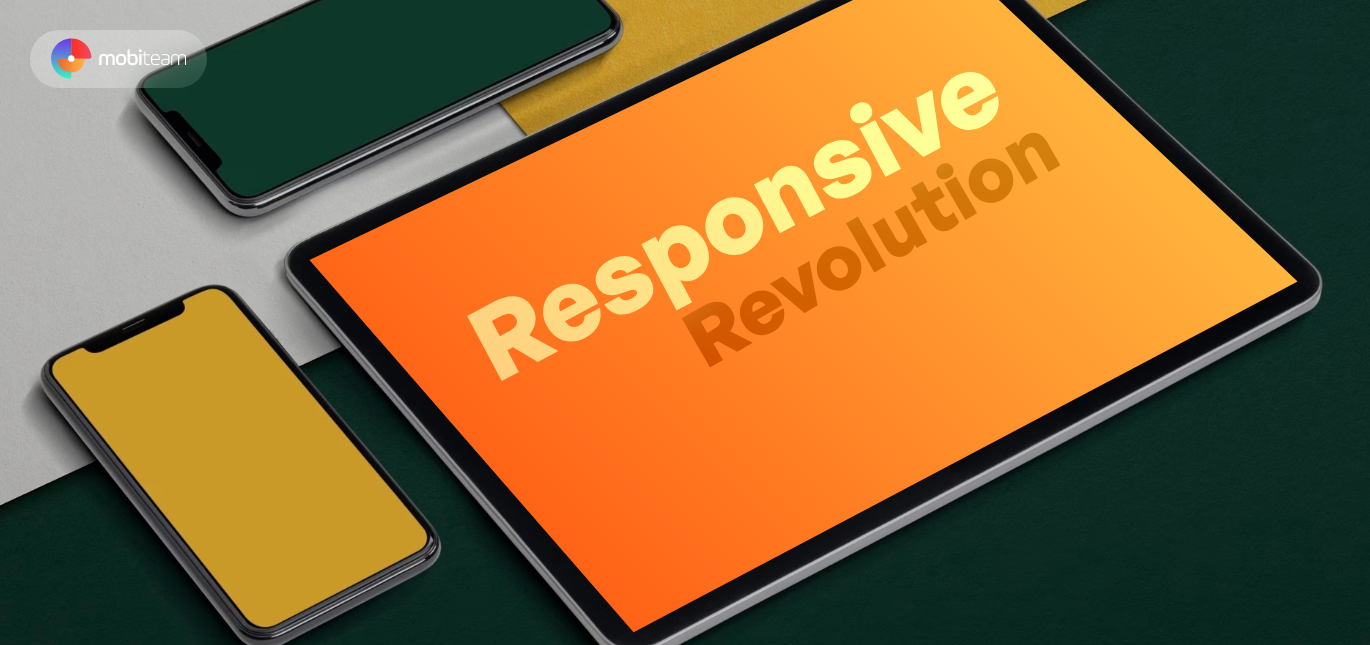The importance of a website is rated mainly by users rather than owners, and when a user rates your website, you have to make sure that it provides the best user experience one can get, and display the perfect mix between UI (user-interface) and functionality.
Here at Mobiteam, we think that website UI is most important, and in the process of web creation, apart from functionalities and design requirements, we implement solutions always thinking of a comfortable User Experience (UX) via exclusively designed User-Interface (UI).
As our experience has shown, when generating customized UI, there are a series of essential key points that must be taken into consideration for the best outcome. And in the following minutes, we will share 4 most important ones:
#1 Perceive Your User
It is very important to have an absolute understanding to whom the website is designed for. And the better you know this the more solutions you can give, or pull out.
It’s not only about statistics that tools and apps can give, but as well knowing how users behave with that type of website, what they will search for the most, their interests and beliefs. Having all this information will help to better understand how you can ease their surfing and find useful data at 1-2 clicks away.
As well, having user knowledge, it will be easier and more helpful for you to create the content and integrate it into the website, and thus, you will gain credibility, transparency, and accessibility – 3 very important things that users appreciate in the web industry.
And last, it is essential to gain this knowledge project by project, in order to fit within the timeframe and develop your solutions to most creative but at the same to keep it simple and accessible.
An excellent example of the top user interface is our own website – Mobiteam.de: Each page is well structured and designed especially for business owners, web devs and designers, and readers interested in the web industry. And this is a proof of perfect understanding our users.
#2 Make Yourself Clear
On many websites we can find a set of call to action elements with unexpected results:
- Clicking news and you see ads
- Accessing the menu in an unexpected form
- Buying a product or service that actually leads to another, totally different page.
These types of unclear elements generate irritated users, low reputation and less and less traffic. Each day we can notice more web resources that are trying to be original, creative but in consequence, their solutions proved to be deficient.
This is why we think there are some things in UI that should be left alone and work as they should. Being creative is for sure a good way to increase your popularity, but when making on purpose UI changes, you should always consider how others will interact with your product.
As a helping hand, there are a lot of elements that can solve these types of issues:
- Predictive text
- Help button
- Highlight effects
- Warnings and additional confirmations
- Relevant colors for specific call-to-action buttons
- Widely understandable and accepted symbols
- Encouraging “copy” in empty spaces
All the above-mentioned tools come to help designers in creating a better, more clear user interface. This is why we encourage using them whenever a design task split paths with rational actions.
As well, if correctly set, the elements can become genuine design ornaments and can be integrated according to the latest web design trends that we stated in our previous article.
#3 Prevision of Mistakes
Being mistaken and making mistakes is natural. When it comes to the user interface, you have to make sure that these mistakes are anticipated, as well as places where users are more exposed to do them.
Not a few times we all met documents and pages where it was necessary to fill in with content, data & information. Even though this is not about anticipating only mistakes made under this form, still, this is the most often met case.
Generally, there are two ways of helping users in case they were mistaken:
- Prevent mistakes
- Provide a way to fix
You can help prevent mistakes by activating “Next, Confirm, Delete” buttons after the users inserted the data, so there will be no lack of information. In such cases is also good to know what type of data should users insert, under what form (e.g. only digits, the number of min/max characters, capital letters only, alphabet). These UI solutions are also helping users to provide authentic information, and diminish the risk of imprecise data.
Providing a way to fix, on the other hand, is a great way to encourage users to “test” eligible data – but that’s the smallest thing you should worry about.
As a matter of fact, lots of users are looking for a “go back” button accompanied by real-time saved information: In the first case, most users realize that they made a mistake while editing the page, and on the other hand – real time saved data, allows users to correct the previously inserted information even after closing the tab.
In both cases, we recommend inserting these tools, so that users will get better user experience and positive feedback.
#4 Well Placed and Sized Elements
When you set specific elements to be targeted as call-to-action, it is always better to put into strategic positions, with an appropriate size. And this is a matter of setting priorities, most of all.
In other words, the closer and/or bigger an element is, the higher the chance to be clicked – this is the most logical explanation of how Human-Computer Interaction works. But, putting large elements in the center of the screen is not a good decision, at least not always.
When placing clickable elements on the screen, there are many implications and things that should be seriously taken into consideration:
- Make click targets big enough (but not too big), so they can be easily noticed by users. This concerns menus and important information that leads to other pages you may want the user to go. If you make a small menu or choose a totally abstract icon for it, it may lead to a lot of rage clicks on the page.
- Highlight common elements on the page either by color or by size. If it’s an e-commerce, users will search for a buy button that’s not difficult to find. The same goes with filters or zoom.
- Navigation, as well as social media elements/icons, should be placed on the edges. In other words, there are other things that should be left untouched in terms of their position. Why?! Because most commonly used icons are navigation elements, and if users don’t find them where they should be, well, it’s not leading to anything good. On the other hand, you can customize them, again in the limits of your design, and generally accepted frames.
UI is a more complex subject as it seems. It depends on the complexity of the website, and how much are you up to change, implement and pull out. But even with this, we think that those four tips we recommend are worthy to pay attention and to implement them, as they are the result of a successful web design experience of over 5 years and more than 45 completed projects.
And if you are not sure what design to choose for your website – contact us, it’s free






